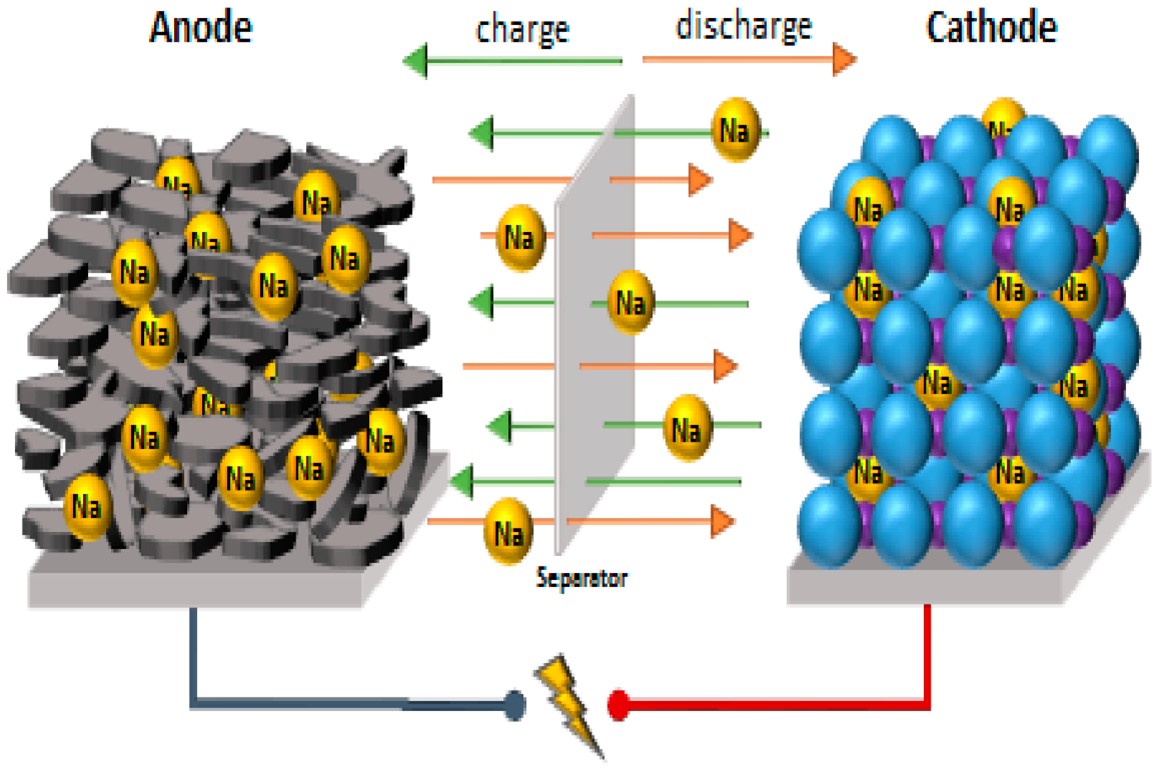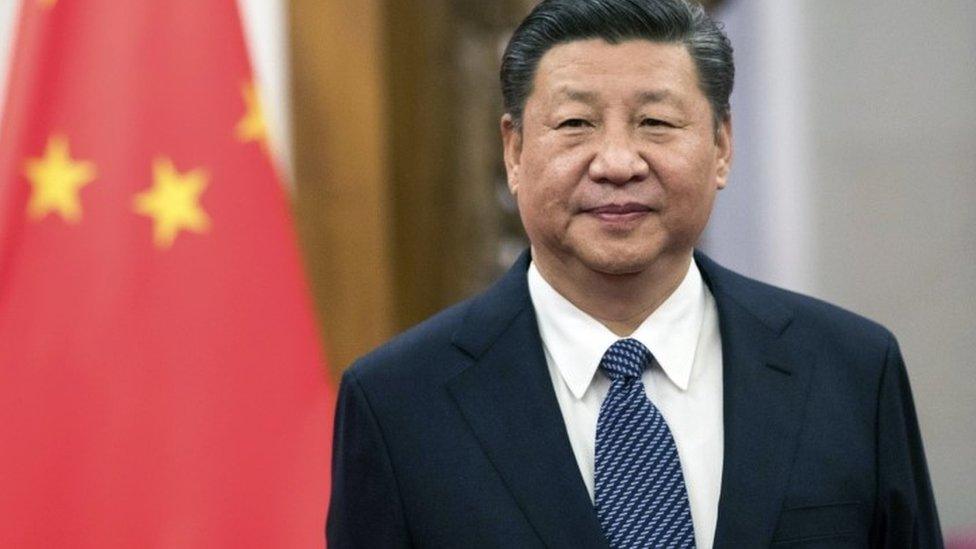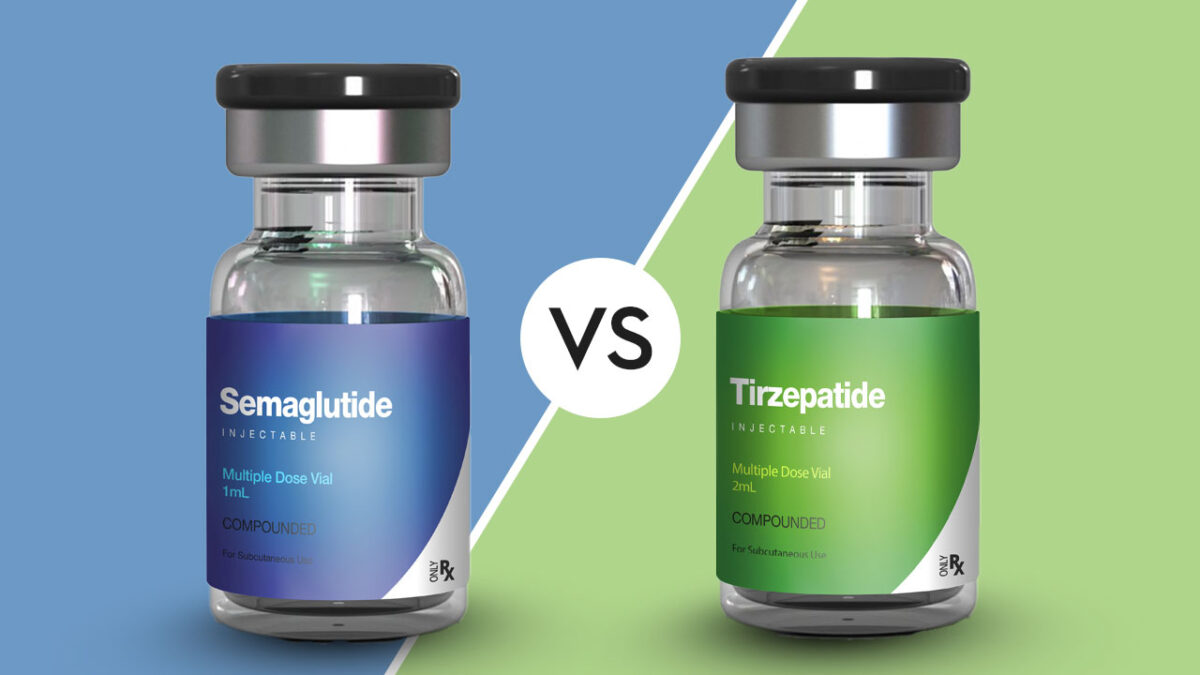- Courses
- GS Full Course 1 Year
- GS Full Course 2 Year
- GS Full Course 3 Year
- GS Full Course Till Selection
- Answer Alpha: Mains 2025 Mentorship
- MEP (Mains Enrichment Programme) Data, Facts
- Essay Target – 150+ Marks
- Online Program
- GS Recorded Course
- Polity
- Geography
- Economy
- Ancient, Medieval and Art & Culture AMAC
- Modern India, Post Independence & World History
- Environment
- Governance
- Science & Technology
- International Relations and Internal Security
- Disaster Management
- Ethics
- NCERT Current Affairs
- Indian Society and Social Issue
- NCERT- Science and Technology
- NCERT - Geography
- NCERT - Ancient History
- NCERT- World History
- NCERT Modern History
- CSAT
- 5 LAYERED ARJUNA Mentorship
- Public Administration Optional
- ABOUT US
- OUR TOPPERS
- TEST SERIES
- FREE STUDY MATERIAL
- VIDEOS
- CONTACT US
SODIUM-ION BATTERIES
SODIUM-ION BATTERIES
25-05-2023


Latest Context
By developing new cathode materials that offer great performance, cost-effectiveness, and environmental stability, Indian scientists have recently made a substantial advancement in the development of sodium-ion (Na-ion) batteries.
- The development of stable and effective energy storage systems is made possible by addressing the problems of air/water instability and structural/cumulative electrochemical instability in sodium-transition-metal-oxide (Na-TM-Oxide) based cathode materials.
Facts about Newly Developed Cathode Materials
- The electrode where sodium ions are kept throughout the battery's discharge process is called the cathode material.
- It is responsible for the electrochemical reactions that allow electrical current to flow.
- The recently created cathode materials are well known for being high-performance and air/water stable.
- When exposed to air or water, they exhibit good electrochemical cyclic stability and stability.
Importance:
- High performance, cost effectiveness, and environmental friendliness are all features of the recently developed cathode materials for sodium-ion batteries.
- These materials are opening the door to the creation of effective and sustainable energy storage systems for a variety of uses, including electric vehicles, grid energy storage, renewable energy storage, and consumer electronics.
What is Sodium-ion (Na-ion) Battery?
- A sodium-ion battery is a form of rechargeable battery similar to the popular lithium-ion battery, except that it uses sodium ions (Na+) rather than lithium ions (Li+) as the charge carriers.
- A sodium-ion battery operates on much the same principles as a lithium-ion battery, with the exception that sodium compounds are utilised in place of lithium compounds during cell construction.
- Due to its cheaper price, greater availability, and more favourable environmental effects, sodium-ion batteries are now being considered as a viable replacement for the existing lithium-ion battery technology.
Significance:
- The development of cost-efficient, resource-friendly, safe, and sustainable alkali metal-ion battery systems beyond traditional Lithium-ion (Li-ion) batteries is required due to the rising importance of battery-driven electric cars in addressing climate and environmental problems.
- The Na-ion battery system is particularly important in the local context because it provides an easily available and plentiful resource for Na-ion battery manufacture. India has a wealth of sodium sources.
Issues:
- The structural and electrochemical stability of the electrodes, sodium-ion transport kinetics, and different dynamic resistances all affect how well Na-ion batteries function.
- However, for widespread use of Na-ion battery systems, major improvements are needed in the electrochemical behaviour and stability of sodium-based cathode materials.



